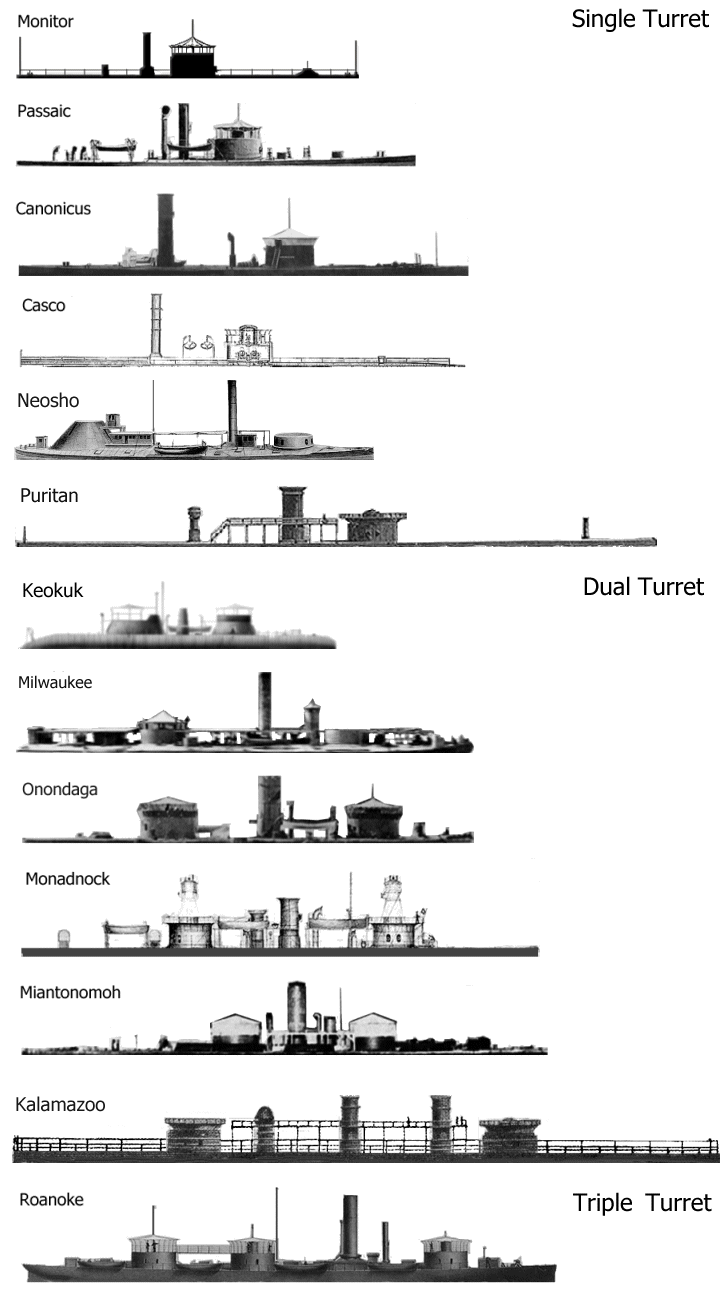Kouros Farro
Guest
Hi Folks
I am a new student pilot trying to set up a home-based system using Xbox X and Microsoft flight simulation.
Appreciate feedback on what monitor size to buy, for instance, 32 versus 34-inch monitor, flat or curved.
I am not a gamer and want to have a good experience at home training.
Thank you all.
Kouros
I am a new student pilot trying to set up a home-based system using Xbox X and Microsoft flight simulation.
Appreciate feedback on what monitor size to buy, for instance, 32 versus 34-inch monitor, flat or curved.
I am not a gamer and want to have a good experience at home training.
Thank you all.
Kouros

